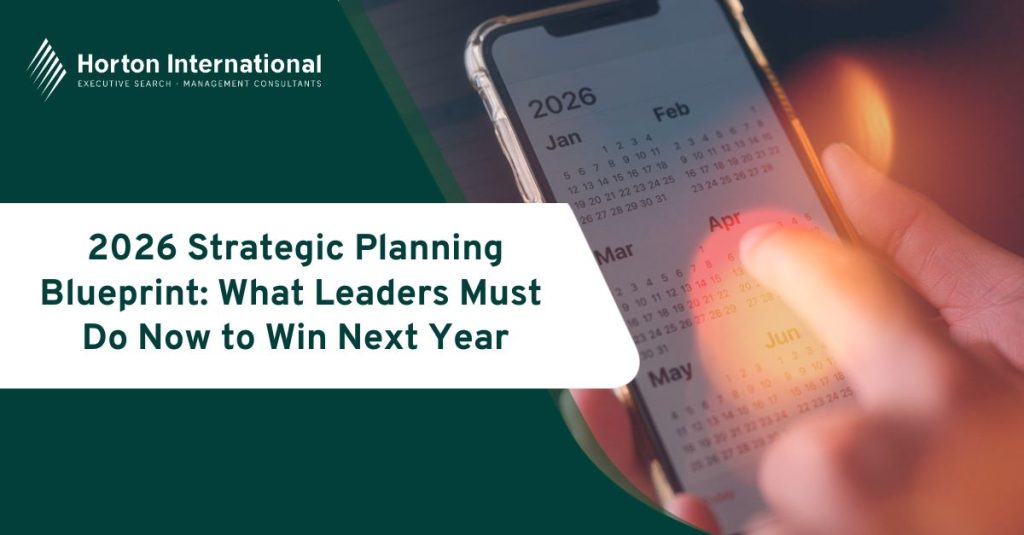The concept of evidence-based leadership represents a significant evolution in how we think about organisational guidance and decision-making. Rather than relying on conventional wisdom or personal intuition, evidence-based leadership encourages leaders to ground their decisions in critical thinking and the best available evidence. This approach, originating in medicine in the 1990s, has expanded into management and leadership practice, offering a rigorous framework for those in positions of authority. And this rigour is really needed, because in the plethora of ‘leadership influencers’ around the world, finding effective leadership research can be difficult.[1]
The Foundation of Evidence-Based Decision Making
Leaders practising an evidence-based approach draw from four primary sources of information:
1. They consult scientific literature, including peer-reviewed research that provides insights beyond personal experience.
2. They analyse internal organisational data, which often reveals patterns and outcomes that individual observations might miss.
3. They tap into collective professional expertise, recognising that the combined experience of many professionals typically proves more reliable than singular perspectives.
4. They consider stakeholder values and concerns, ensuring that decisions account for the needs of those who will be affected.
Transformational Leadership: Inspiring Growth and Change
Among the leadership styles that work, transformational leadership stands out for its focus on inspiring positive change. Transformational leaders are characterised by their ability to stimulate intellectual growth among team members while providing individualised consideration to each person’s needs and abilities. They motivate through a compelling vision and serve as role models whose behaviour inspires trust and respect.
Research consistently shows that transformational leadership creates substantial benefits for organisations. Teams led by transformational leaders typically demonstrate better performance metrics and higher satisfaction levels. Studies have also found improved well-being among employees working under transformational leaders, even after controlling for factors like job strain and education level. This leadership style creates a sense of empowerment, as transformational leaders communicate their belief in their followers’ capabilities.
The most effective transformational leaders embody authenticity and self-awareness. They demonstrate creativity in approaching challenges and possess strong emotional intelligence that helps them connect with team members. Their supportive nature creates psychological safety, while their willingness to take informed risks encourages innovation within their teams.
Perhaps the most outstanding transformational leader of our time was Nelson Mandela. During his time as South Africa’s president, he chose high profile opportunities such as the 1995 Rugby World Cup to promote reconciliation efforts. He instilled a sense of nationalistic pride in his country’s achievements, and focused on all citizens rights, and their potential, driving equality in a country that had never experienced it.
Servant Leadership: Putting Others First
Servant leadership represents another evidence-supported approach, one that fundamentally inverts traditional power dynamics. Introduced by Robert Greenleaf in 1977, servant leadership places the needs, aspirations, and interests of followers above the leader’s own concerns. These leaders focus on helping their team members grow and develop, creating environments where people can thrive.
A servant leader practises attentive listening and genuine empathy, creating connections based on understanding rather than authority. They focus on healing organisational wounds and demonstrate awareness of both themselves and broader contexts. Rather than coercion, they rely on persuasion based on merit, and they balance day-to-day operations with a broader vision for the future.
Herb Kelleher of Southwest Airlines exemplified this approach, creating a famously employee-centred culture. Under his leadership, Southwest developed a reputation for valuing individual employees as human beings rather than simply as organisational assets. This approach contributed to Southwest’s strong performance and distinctively positive culture.[2]
Situational Leadership: Adaptive Approaches for Changing Needs
The research also strongly supports situational leadership theory, which recognises that no single leadership style works best in all contexts. Instead, effective leaders adapt their approach based on the specific task, the nature of the group, and particularly the maturity level of team members.
Situational leadership encompasses four distinct styles that leaders can employ depending on circumstances. The directing or ‘telling’ style provides clear instructions when team members lack experience or confidence. The coaching or ‘selling’ style combines direction with support for those who are willing but still developing necessary skills. The supporting or ‘participating’ style reduces direction while maintaining high support for capable team members who may lack confidence. Finally, the ‘delegating’ style minimises both direction and support when working with highly skilled, confident team members.
Behavioural science in leadership confirms that situational leadership positively impacts both job satisfaction and employee performance. This approach proved particularly valuable during the COVID-19 pandemic, when rapidly changing circumstances required adaptive leadership responses.
A famous example? Let’s look at football, notably “The Special One” – José Maurinho – who famously said, “The more you understand your team the more you can lead them. I never liked the kind of leadership where the boys say: He’s my leader, I have to respect him. I prefer them to say: I respect him and he’s my leader” [3] Maurinho is a love-or-hate football manager but his results are indisputable.

Evidence-Based Management as a Framework
Leadership effectiveness studies demonstrate that the Evidence-Based Management (EBM) framework offers a structured approach to implementing evidence-based principles. This framework helps organisations measure and improve their performance through focused attention on four key value areas:
- Current Value, which measures existing product or service value
- Unrealised Value, which identifies potential future opportunities
- Ability to Innovate, which assesses organisational capacity for creating new capabilities
- Time to Market, which tracks how quickly the organisation can deliver and learn from feedback.
Organisations implementing EBM typically follow a six-step process that begins with clearly articulating questions, then gathering and evaluating evidence, synthesising findings, applying insights to decisions, and finally assessing outcomes. This systematic approach helps create a culture of continuous improvement through intentional experimentation and feedback.
Implementing Evidence-Based Leadership in Practice
Management science leadership shows that leaders looking to adopt more evidence-based approaches have several practical avenues available. Subscribing to relevant academic journals provides access to current research findings, while business intelligence tools help collect and analyse internal data. Industry associations offer opportunities to gain diverse professional perspectives, and management tools facilitate gathering stakeholder input.
The most effective leaders always align their strategic goals with their organisation’s broader mission and vision. They create intermediate milestones to guide progress and work toward short-term objectives in small, measurable steps. Throughout this process, they maintain a focus on evidence, using data to evaluate results and inform future decisions.
Research demonstrates that leaders who base decisions on quality evidence, adapt their style to match situational needs, focus on developing their followers, and create cultures of continuous improvement achieve superior results.
By embracing evidence-based principles, leaders can move beyond conventional wisdom to create more effective, responsive organisations.
Source
[1] https://onlinelibrary.wiley.com/doi/full/10.1111/joms.13156
[2] https://youtu.be/DYA_ivyj3kE
[3] https://www.liveandlearnconsultancy.co.uk/top-5-leadership-tips-from-jose-mourinho/






